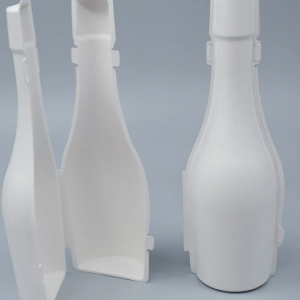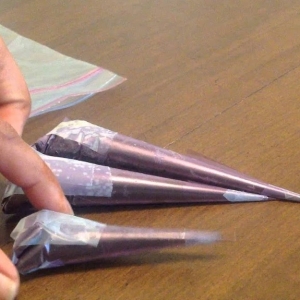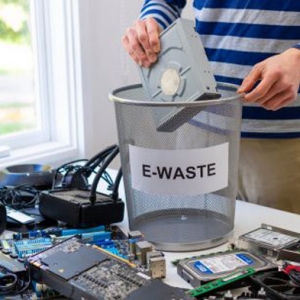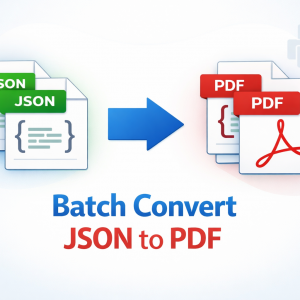A Comprehensive Guide to Choosing the Right common pipette tips for Your Application
When performing critical laboratory work that requires accurately measuring or transferring small volumes of liquid, having the right pipettes and Pipette Tips is crucial. This comprehensive guide will walk you through all the key factors to consider when selecting pipette tips based on your specific application requirements and performance needs.

Table of Contents
- Material Considerations - Polymer Types, Quality, Sterility
- Standards for Fit, Size, and Shape - Design, Capacities, Specialty Tips
- Filter Options, Applications, and Packaging
- Pipette Calibration with Tips
- Proper Pipetting Technique
- Pricing Factors
- Leading Manufacturers
- Frequently Asked Questions
Material Considerations - Polymer Types, Quality, Sterility
Most Pipette Tips are made from polypropylene resin, however they may contain other added polymers, chemicals, metals or contaminants based on manufacturing processes. Consider the following material factors:
-
Polymer Types - In addition to polypropylene, tips may contain added polymerization agents or chemicals to aid mold release. Colored tips (yellow, blue) may contain metal or cadmium from dyes.
-
Quality - Opt for high clarity, uniformity, and optimal physical integrity. Flexible, ergonomic tips require less ejection force, reducing repetitive stress injuries.
-
Sterility/Purity - Many tips are pre-sterilized and packaged to retain sterility. Others can be sterilized by user. Avoid contaminants like endotoxins, DNA, DNase, or RNase.
-
Hydrophobicity - Most polymers are naturally hydrophobic. Some special coatings further reduce sample adhesion for improved performance.
Standards for Fit, Size, and Shape
Choosing the right pipette tip size and shape for your pipette is critical for achieving accuracy and precision.
-
Fit - ISO 8655-2 recommends using tips and pipettes from the same manufacturer for best fit. "Universal" tips can also be used with caution.
-
Size - Standard tips accommodate 0-20μL, 20-200μL, or 200-1000μL volumes. Choose based on pipette transfer capacity and sample volume.
-
Shape - Specialty tip shapes include extended length, wide orifice, gel-loading, graduated measurement markings.
Filter Options, Applications, and Packaging
Consider pipette tip filters or barriers to prevent aerosols and cross-contamination based on your specific application:
-
Filters - Allow air flow but prevent liquid, particles, or DNA from passing through and contaminating pipette.
-
Barriers - Seal off liquid from passing the filter completely.
-
Applications - Use filters for PCR, molecular biology, forensics, radioisotopes. Use carbon filters for strong acids/bases.
-
Packaging - Bulk bags most economical. Racked tips convenient for pipetting. Reload systems generate less waste. Individual wrap maintains sterility.
Pipette Calibration with Tips
Using tips and pipettes from the same manufacturer ensures the best fit and eliminates the need for recalibration. However, if you opt to use a different brand of tip, recalibration is advised to ensure accuracy.
-
Follow the manufacturer's instructions for calibration with the tips you choose.
-
Calibrate on a routine basis, such as monthly or quarterly, and any time tips are changed.
-
Use calibration tools like balances, gravimetric testing tools, or analytical scales for most accurate calibration.
-
Confirm that your technique matches the calibration - don't over-pipette or under-pipette.
Proper Pipetting Technique
In addition to having properly calibrated pipettes and high quality tips, practicing good technique is vital for precision and accuracy:
-
Press plunger smoothly and steadily, avoiding quick stops.
-
Keep pipette vertical when aspirating to avoid tip contact and sample adhesion.
-
Pre-rinse tip with sample 2-3 times when handling viscous liquids.
-
Avoid bubbles by keeping tip immersed in sample and dispensing slowly against the vessel wall.
-
Change tips after each sample transfer to prevent carryover.
Pricing Factors
Pipette tip pricing can vary substantially based on:
-
Material - Polypropylene is inexpensive. Special coatings or treatments increase cost.
-
Quality - Highly precise molded tips with rigorous quality control may cost more.
-
Size - Larger tips use more material and cost more.
-
Filters - Add ~10-30% to tip cost.
-
Sterility - Pre-sterilized, individually packaged tips are most costly. User-sterilized bulk bags are least expensive.
-
Brand - Leading brands charge a premium. Generic brands offer savings.
Leading Manufacturers
Top pipette tip manufacturers known for quality and reliability include:
-
Eppendorf - German brand, wide range of premium pipette tips
-
Gilson - French company, pioneer in pipetting since 1957
-
Thermo Fisher Scientific - Massive catalog of pipette tips and other lab plastics
-
Mettler Toledo - Swiss manufacturer, high precision Rainin and Finnpipette tips
-
Sartorius - German leader in lab instruments and consumables
Frequently Asked Questions
Here are answers to some common questions about pipette tips:
-
Can you autoclave and reuse pipette tips? No, most tips are designed for single-use only.
-
How often should pipettes be calibrated? Recommended every 3-6 months.
-
What causes pipette tips to leak? Damage, improper fit, incorrect size, or poor technique.
-
How many uses before replacing pipette tips? Change after each sample transfer.
-
What is the shelf life of pipette tips? About 5 years unopened, less once opened.
Choosing the optimal pipette tips for your application is crucial for precise, accurate results. Consider all the performance factors and requirements outlined here as you select tips for your unique lab needs.








